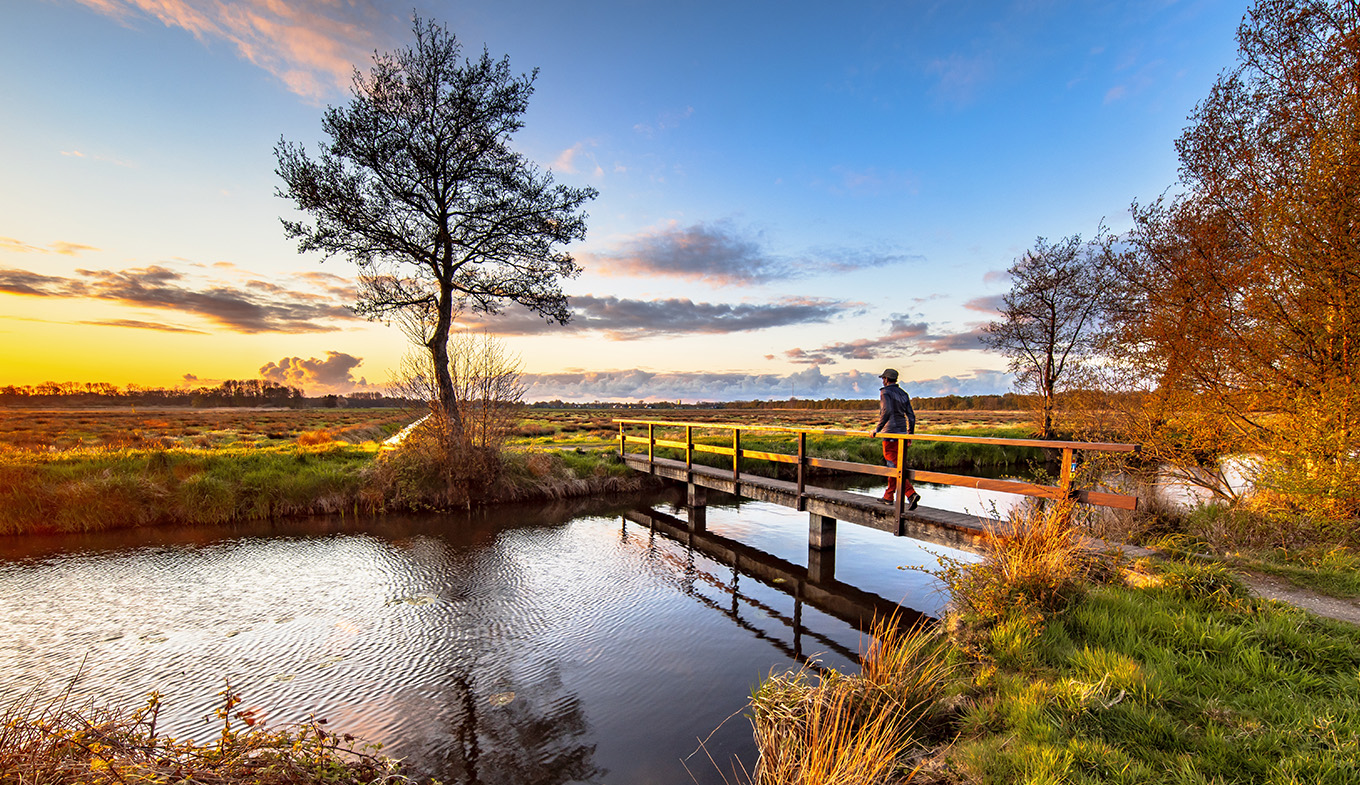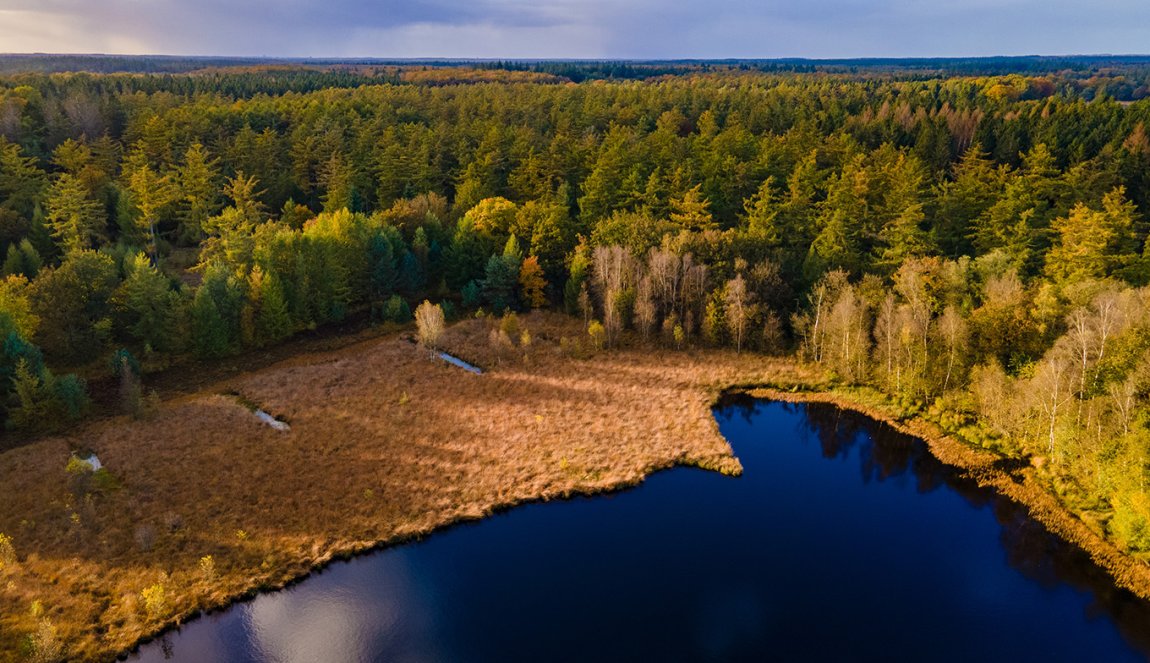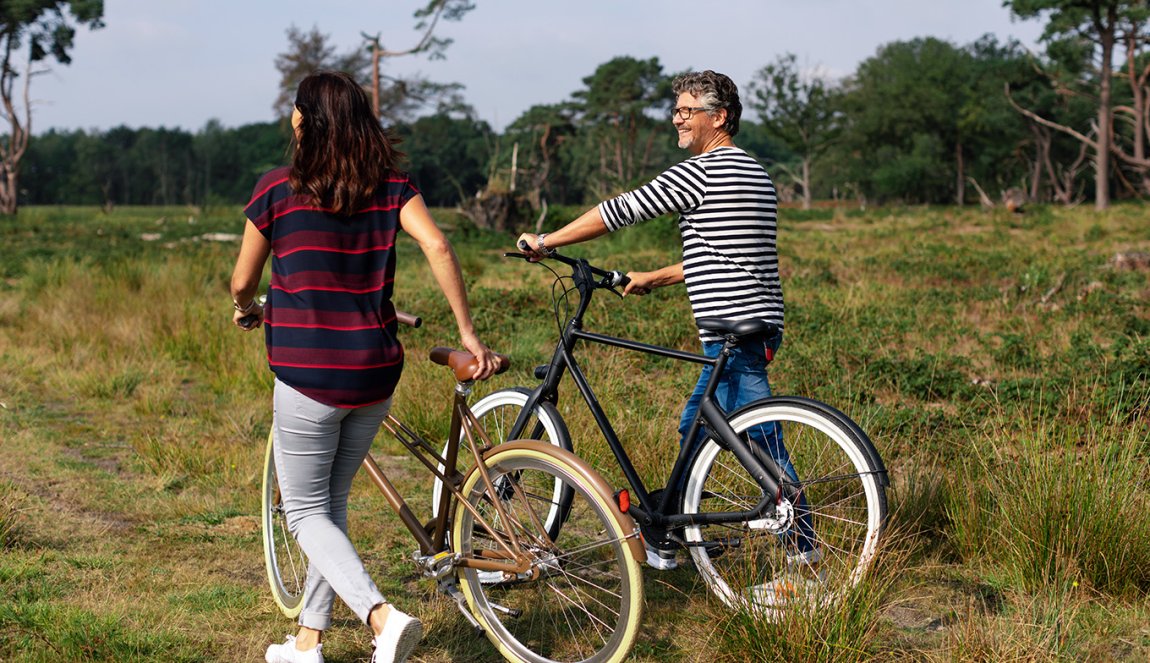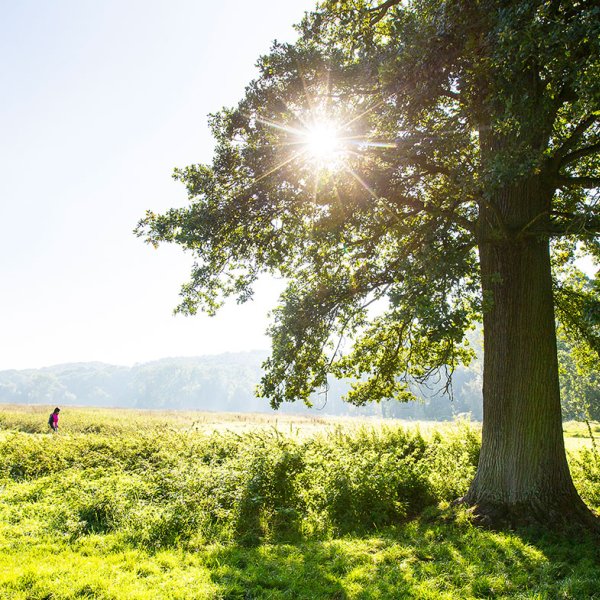
The Drentsche Aa National Park
Stream system
The Drentsche Aa dates back to the Ice Age when rivers were created by retreating glaciers. In the past, the natural courses of many rivers and other waterways were straightened by men to enable faster drainage and less chance of flooding. The Drentsche Aa is one of the few stream systems in the Netherlands that has barely been altered by humans. Where other streams have been straightened over time, the Drentsche Aa still meanders through the green landscape over a distance of 28 kilometres.
National Park and National Landscape

The Drentsche Aa region has been used for agricultural purposes for centuries and there are 16 villages and hamlets dotted throughout the landscape. For a long time, this habitation made it impossible to designate the Drentsche Aa as a National Park. Until 2019, it was still called 'National stream and esdorp landscape Drentsche Aa’. The National Park measures 10,000 hectares, about a third of which is a protected nature reserve. In 2007, the Drentsche Aa also received the status of National Landscape.
Rare snake's head fritillary flowers
In De Drentsche Aa National Park, several dozen wild white snake's head fritallary flowers bloom every year, which are very rare and protected under European law. They were thought to be extinct after World War II, but about 60 were discovered in 2000. Unlike the flesh-coloured variety elsewhere in north-western Europe, the wild snake's head fritallary flowers in De Drentsche Aa are exclusively white.
Archaeological Reserve

The Strubben-Kniphorstbosch located between Schipborg, Anloo and Annen, is an archaeological reserve full of prehistoric monuments. The area is rich in history, with the Galgenberg being one of the largest burial mounds. In this nature reserve, you can go on wonderful cycling and hiking trips through the grasslands and along the stream valleys and discover more about the mysterious hunebeds.
